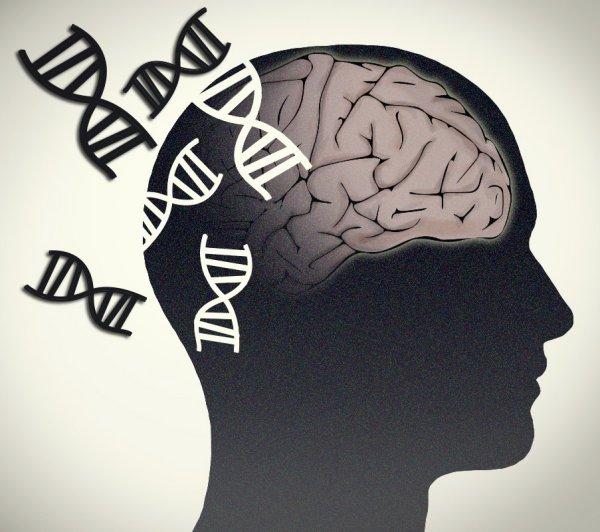
The field of liquid biopsies has exploded over the past several years with tests being conceived and validated for a large number of widely diverse cancer types. However, for a variety of reasons, liquid screens for brain tumors have been anemic—largely due to the extremely low concentrations of circulating central nervous system DNA within plasma.
Now, researchers at the Vall d’Hebron Institute of Oncology (VHIO) in Barcelona has published evidence validating the use of cerebrospinal fluid (CSF) as a liquid biopsy medium for the potential identification, prognosis, and tracking of brain tumor genomic alterations not in real time prior to and throughout drug treatment regimens. Contrary to low plasma concentration levels, CSF contains very high amounts of circulating tumor DNA (ctDNA).
Using a lumbar puncture—colloquially referred to as a spinal tap— the investigators were able to search for ctDNA corresponding to different brain cancers. The spinal tap procedure, while not pleasant, is much less invasive and risky than standard procedures of obtaining brain tissue for biopsy. Interestingly, the researchers were able to show that the CSF derived ctDNA complemented the diagnosis of leptomeningeal carcinomatosis, a rare brain cancer of the meninges that most often derives from the metastasis of another tumor.
“We looked for a way to apply this type of liquid biopsy to brain cancer, especially in view of the obstacles associated with accessing this tumor type,” explained senior author Joan Seoane, Ph.D., director of translational research at VHIO.
“Our main limitation was that ctDNA levels for brain tumors are very low in plasma,” continued Dr. Seoane. “But the brain has its own closed circuit of fluid, cerebrospinal fluid, which bathes the brain and spinal cord, and is therefore in direct contact with tumor cells and we found circulating tumor DNA in CSF at such high levels that we were able to detect and characterize tumors with a high degree of sensitivity.”
The findings from this study were published recently in Nature Communications through an article entitled “Cerebrospinal fluid-derived circulating tumour DNA better represents the genomic alterations of brain tumours than plasma.”
“Compared to plasma, cerebrospinal fluid better captures the mutations in patients with brain tumors,” stated lead author Leticia De Mattos-Arruda. M.D., research fellow at VHIO. “The possibility of studying DNA fragments in this fluid by liquid biopsy, as we have done, greatly expands diagnostic possibilities, improves stratification based on genetic profiling, and facilitates better and less invasive monitoring of patients. Our findings should also ultimately translate into clinical benefit for certain patients with brain tumors.”
Additionally, the VHIO team was able to detect and confirm the diagnosis of glioblastoma multiforme, the most common and aggressive malignant brain tumor. One of the characteristics of glioblastoma is that the tumor always reappears after time, so the ability to track the progression of this cancer during and after surgery and chemotherapy will become invaluable at getting in front of the disease to prevent it from spreading further.
“Mirroring certain successes to-date of applying liquid biopsy across other tumor types, the use of tumor DNA circulating in CSF as a liquid biopsy for brain tumors could be much less invasive than standard tissue biopsy to characterize the genetic alterations of the new tumor,” remarked co-author Josep Tabernero M.D., director of VHIO and head of the medical oncology department of Vall d'Hebron University Hospital. “This new approach to liquid biopsy in CSF could help, in some cases, to consider novel, more specific and targeted experimental therapies, which could in turn also improve clinical response.”
Witnessing the potential of liquid biopsies at research level for so many cancer types, there is every indication that this technique will become a fundamental part of clinical medicine for the future diagnosis and treatment of brain tumors.
“This study of circulating tumor DNA has enabled us to monitor tumors by liquid biopsy of CSF. This approach is, therefore, a potential tool for stratifying patients, assessing their prognoses, and closely monitoring the course of the disease and their response to therapy in a minimally invasive manner,” concluded Dr. Tabernero.






![AI Algorithm Could Reduce Breast Cancer Mammogram False Positive Rate The primary goal of the Paradigm Registry is to accelerate tumor profiling based on disease biology. [iStock/LilliDay]](https://www.insideprecisionmedicine.com/wp-content/uploads/2019/01/307-218x150.jpeg)



